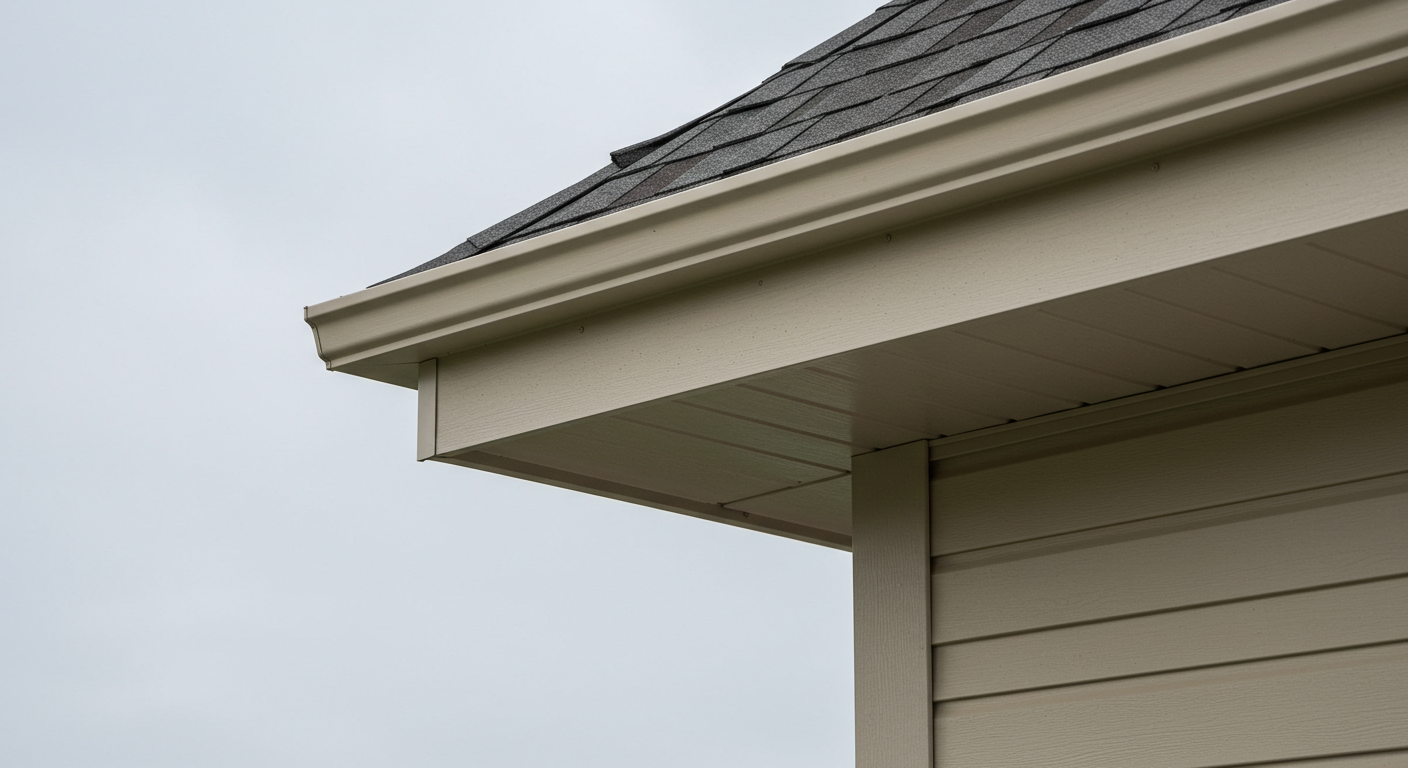When it comes to maintaining a healthy and energy-efficient home, roof ventilation plays a fundamental role. Specifically, one of the key components that often goes overlooked in the ventilation equation is the soffit. These crucial elements, found under the roof overhang, facilitate the flow of fresh air into the attic, providing significant advantages for both your home and its occupants.
The Importance of Effective Soffit Ventilation
Inadequate soffit ventilation can lead to a myriad of problems, including excessive moisture buildup and heat trapping within the attic. This not only paves the way for mold growth and structural damage but can also compromise the overall air quality in your home. Therefore, understanding how to optimize your roof ventilation through proper soffit installation is essential.
Understanding Soffits and Their Function
Soffits refer to the underside of the roof overhang and act as an intake point for fresh air. When soffit vents are properly designed and installed, they promote continuous airflow to the attic, keeping it dry and preventing heat and moisture accumulation.
- Continuous Airflow: These vents ensure a steady circulation of fresh air to stave off stagnant conditions.
- Mold Prevention: By preventing moisture buildup, soffits play a critical role in averting mold and mildew.
- Energy Efficiency: Improved ventilation helps stabilize indoor temperatures, ultimately optimizing your heating and cooling systems.
Common Problems Caused by Poor Soffit Ventilation
While roof soffits are often an afterthought in home design, neglecting them can lead to serious complications. Here are some of the most common issues arising from inadequate soffit ventilation:
- Mold and Mildew: A warm and humid attic serves as an ideal breeding ground for mold.
- Structural Integrity Risks: Excess moisture interacts destructively with wooden materials, leading to wood rot and compromising your home’s foundation.
- High Energy Bills: Inefficient ventilation forces HVAC systems to work doubly hard, escalating utility costs.
- Pest Infestations: Poor air circulation can attract pests seeking refuge in damp spaces.
Choosing the Right Soffit Vents for Better Ventilation
Not all soffit vents are created equal. Opting for high-quality ventilation solutions can drastically reduce moisture-related issues. A prime example is the Moisture Flow® Soffit Vent, designed to channel humid air away from your home while improving airflow efficiency.
Here are some features to consider when selecting soffit vents:
- Ensure they effectively prevent moisture buildup.
- Choose vents that redirect humid air outside rather than recirculating it back into your attic.
- Select vents that meet current building code standards for attic ventilation.
Common Materials for Soffit Construction
When selecting soffits, the materials you choose significantly influence durability and maintenance requirements. Here are a few options:
Aluminum Soffits
Lightweight and rust-resistant, aluminum soffits require minimal upkeep while effectively accommodating ventilation.
Vinyl Soffits
An affordable option, vinyl soffits are moisture-resistant and adapt well in various climates. Their flexibility in appearance allows them to mimic traditional wood finishes.
Wood Soffits
Though aesthetically appealing, wood soffits require consistent maintenance to avoid rot. They are ideal for homes that aim for a traditional look.
Fiber Cement and PVC Soffits
Durable and long-lasting, these materials resist fire and pests. Their robust nature makes them suitable for varying climates while maintaining overall performance.
Installing Soffits: Best Practices and Tips
Proper installation is crucial to maximize the benefits of soffit ventilation. Here are some best practices to keep in mind:
- Ensure that soffit panels are mounted onto solid framing for stability.
- Consistent spacing of vent openings guarantees airflow without obstructions.
- Aligning soffits with fascia boards can help protect them from adverse weather conditions.
Maintaining Your Soffits for Longevity
Routine maintenance plays a critical role in ensuring that your soffits continue to function optimally:
- Annual Inspections: Regularly check for signs of sagging, cracks, or water stains.
- Clear Vent Openings: Use compressed air or a soft brush to eliminate debris.
- Address Water Damage Promptly: Fix leaks or malfunctioning gutters to prevent moisture intrusion.
How Soffits Affect Energy Efficiency
Well-planned soffit installation significantly enhances your home’s overall energy performance by:
- Lowers Attic Temperatures: Efficient ventilation reduces heat buildup in the attic, thus preserving the integrity of roofing materials.
- Enhanced Insulation: Maintaining airflow helps fibers in attic insulation perform effectively, preventing heat loss or gain.
- Elimination of Moisture: Properly ventilated soffits prevent condensation, thereby diminishing potential for mold and supporting a healthier indoor environment.
Conclusion: The Role of Soffits in Home Ventilation
Investing in appropriate soffit solutions is not just about aesthetics but about ensuring a sustainable, healthy living environment. By actively improving roof ventilation through effective soffit design and installation, homeowners can look forward to a host of benefits. According to roofing experts, proper soffit ventilation plays a critical role in preventing moisture buildup, reducing energy costs, and extending the life of your roof.
